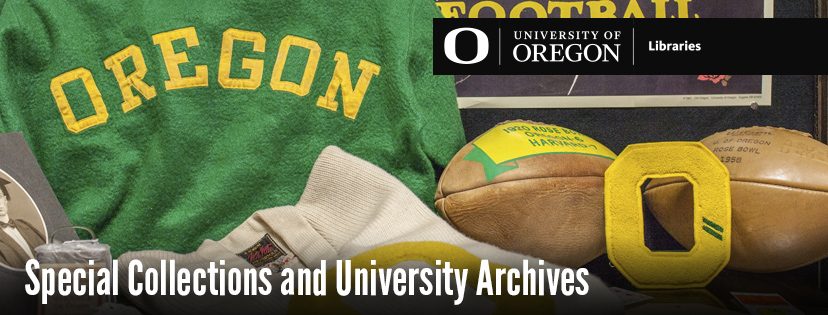NHPRC Grant | Edwin Tunis papers
This is the third of a series of blog posts highlighting our NHPRC-sponsored project: Twentieth Century Children’s Literature: Exploring the Past, Understanding the Present. Previous posts can be found here.
Special Collections and University Archives is pleased to announce the publication of a newly revised finding aid for the Edwin Tunis papers (Ax 776). The finding aid is available on ArchivesSpace.

The Edwin Tunis papers consist primarily of children’s book production material and correspondence. The production material for each book may include research sketches, original illustrations, outlines, holograph drafts, drafts, dummies, printer’s copies, galley proofs, page proofs, layouts, paste-ups, publicity materials, reviews, and sample book jackets. In most cases, the book publishing process is represented completely, from preliminary research materials to final galley proofs and page layouts. Some personal papers are also represented in the collection, which include articles, bookplate sketches, Christmas cards and biographical material.
Author and illustrator Edwin Tunis (1897-1973) entered the City College in Baltimore and studied there for three years before transferring to the Maryland Institute of Art and Design. His course there was interrupted by World War I. After his service, he returned to the Maryland Institute as a part-time student, while working at C.S. Benson and Company as a furniture designer. Subsequently, he worked for the Manufacturers’ Record in the advertising department drawing layout copy, and at a newly formed advertising agency, where he was “the whole art department.” His typographical design talent led to work for printers (brochures and direct mail material) and later to illustrating for Grosset and Dunlop and A. P. Putnam’s Sons. For Maryland’s Tercentenary in 1934, he designed a commemorative stamp and drew a literary and historical mural map of the state, which was later shown at the 1939 New York World’s Fair.
In 1943, Tunis was commissioned by McCormick and Company of Baltimore to paint a mural depicting the history of spices. This 145-foot mural took two and a half years to complete. According to Tunis, “there was no one book which recounted the whole basic story of the development of ships in a simple way that might interest young people. An outline, a dummy, some pages of text, and one finished illustration went to a literary agent who sold Oars, Sails and Steam within a week.”

Voted to be the American Institute of Graphic Arts as one of the 50 Books of the Year and one of the Best Juvenile Books of 20 Years, Oars, Sails and Steam launched his career as writer and illustrator. It was followed by Weapons, 1954; Wheels, 1955; Colonial Living (winner of the Thomas A. Edison Foundation Children’s Book Award for special excellence in portraying America’s past), 1957; Indians, 1959; Frontier Living, (first runner-up for the American Library Association’s Newbery Medal, 1961; Colonial Craftsmen, 1965; Shaw’s Fortune, 1966; The Young United States (first runner-up for the National Book Award), 1969; Chipmunks on the Doorstep, 1971; and The Tavern at the Ferry (one of the A.L.A.’s Notable Books), 1973.


I would love to see more of these illustrations. I can’t believe I don’t know his work already.